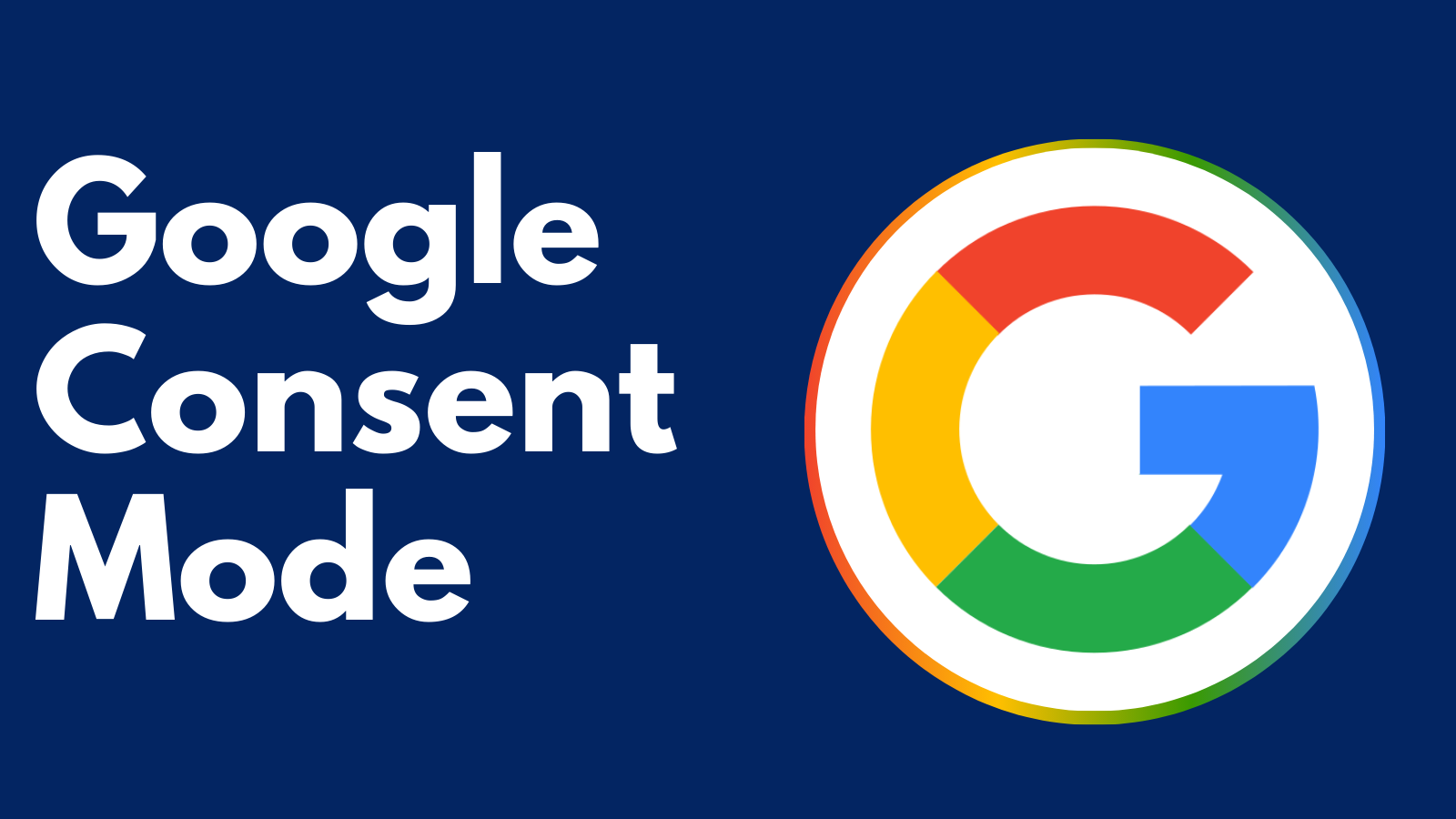Understanding Google Consent Mode V2: A Comprehensive Guide
In an era where data privacy is paramount, balancing user consent with effective data collection has become increasingly challenging. Google Consent Mode V2 offers a solution by enabling websites to adjust their behavior based on user consent choices. In this blog post, we will explore what Google Consent Mode V2 is, how it works, its benefits, and steps to implement it on your website.
What is Google Consent Mode V2?
Google Consent Mode V2 is an enhanced framework that allows website owners to adjust how Google tags behave based on the consent status of their users. It helps in complying with privacy regulations such as GDPR and CCPA by ensuring that tracking only occurs if the user has granted the necessary permissions.
How Does Google Consent Mode V2 Work?
Google Consent Mode V2 operates by dynamically adapting Google tags based on the consent status for analytics, ads, and other tracking tools. It introduces two key signals:
- `ad_storage`: Controls the storage of advertising data like cookies for ad personalization.
- `analytics_storage`: Manages the storage of analytics data used for website and user behavior analysis.
When a user visits your website, the Consent Mode checks the user’s consent status and adjusts the behavior of Google tags accordingly. For example, if a user declines analytics cookies, Google Analytics will still collect basic data without storing cookies.
Key Features and Benefits
- Compliance with Privacy Laws: Ensures that data collection aligns with user consent, helping websites comply with GDPR, CCPA, and other privacy regulations.
- Enhanced User Trust: By respecting user choices, websites can build trust and improve user satisfaction.
- Improved Data Accuracy: Even without full consent, websites can still gather anonymized data to maintain some level of insight into user behavior.
- Seamless Integration: Works smoothly with Google products like Google Ads, Google Analytics, and Floodlight.
Implementing Google Consent Mode V2
Step 1: Update Your Consent Management Platform (CMP)
Ensure your CMP supports Google Consent Mode V2. Popular CMPs like OneTrust, TrustArc, and Quantcast often provide built-in support for Google Consent Mode.
Step 2: Configure Consent Mode in Your CMP
Set up your CMP to send consent signals to Google tags. This typically involves updating your CMP’s configuration to use the `ad_storage` and `analytics_storage` settings.
Step 3: Install Google Consent Mode Script
<script>
(function() {
var gtag = function(){dataLayer.push(arguments);};
window.dataLayer = window.dataLayer || [];
gtag('consent', 'default', {
'ad_storage': 'denied',
'analytics_storage': 'denied'
});
})();
</script>Step 4: Adjust Consent Signals Based on User Interaction
When a user provides or withdraws consent, update the consent signals accordingly. For example, if a user consents to analytics storage, you would update the signal like this:
<script>
gtag('consent', 'update', {
'analytics_storage': 'granted'
});
</script>Conversely, if the user declines consent, ensure the signals are updated to reflect this:
<script>
gtag('consent', 'update', {
'analytics_storage': 'denied'
});
</script>* The code is written by taking the help of internet. Please speak to your website developer to get more help on the above code.
Step 5: Verify Implementation
Use tools like Google Tag Assistant and Consent Mode debug commands to verify that your implementation is working correctly and that consent signals are being respected.
Practical Tips for Effective Implementation
- Regularly Test Your Setup: Continuously verify that your consent signals are correctly passed to all relevant Google tags using tools like Google Tag Assistant and debug commands for Consent Mode.
- Educate Your Users: Clearly explain how you use cookies and data, and provide straightforward instructions on how users can manage their consent preferences.
- Stay Updated on Privacy Regulations: Keep yourself informed about any changes in privacy laws to ensure your implementation remains compliant.
